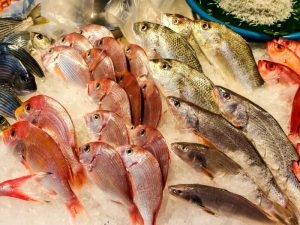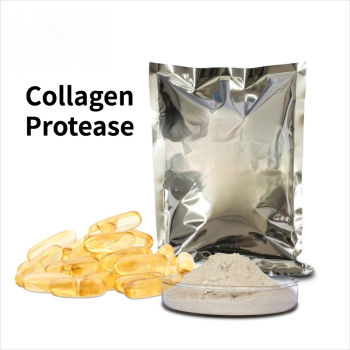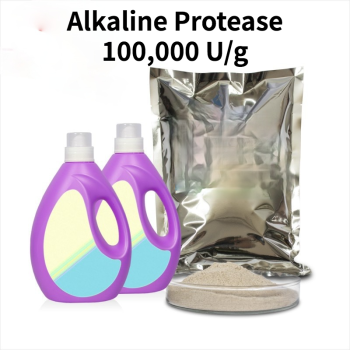
Recent studies show that, compared with fish protein and free amino acid, fish protein hydrolysate is easier to be digested and absorbed by the body because it is rich in small peptides with low molecular mass, and has many physiological functions such as antioxidant, lowering blood pressure, regulating fat metabolism, enhancing immunity, etc., which has attracted widespread attention.
Processing fish and shrimp will produce a large number of scraps, including fish heads, fish bones, fish scales, shrimp heads, shrimp shells, etc., about 30% ~ 50% of the weight of raw materials. Many enterprises dispose of scrap as waste, which not only does not make full use of its valuable components but also causes waste of resources, which brings environmental pollution.
The Fish Processing Enzymes such as acid and alkali hydrolysis of proteins has the advantages of simple processes and low cost, but in the production process, acid hydrolysis will generate toxic substances. The products of alkali hydrolysis are odorous and the degree of hydrolysis is difficult to control. In contrast, enzymatic hydrolysis conditions are mild, less damaging to the nutritional value of proteins, easy to control the hydrolysis process, and specific enough to Localized hydrolysis of proteins. Thus, enzymatic hydrolysis became the main route of protein hydrolysis of fish and shrimp.
Fish and Seafood Enzymes Applications
The Fish and Seafood Processing Enzymes – Complex Protease PF116 is widely used in the processing of fish and shrimp scraps. After the protein of fish and shrimp scraps is treated with the enzyme at a certain temperature and pH value, polypeptide, small peptide, and amino acid products are obtained, which can be widely used in the processing of fish and shrimp scraps. It is used as a raw material for the food industry and feed industry, which greatly increases its utilization value and reduces the waste of protein raw materials.

